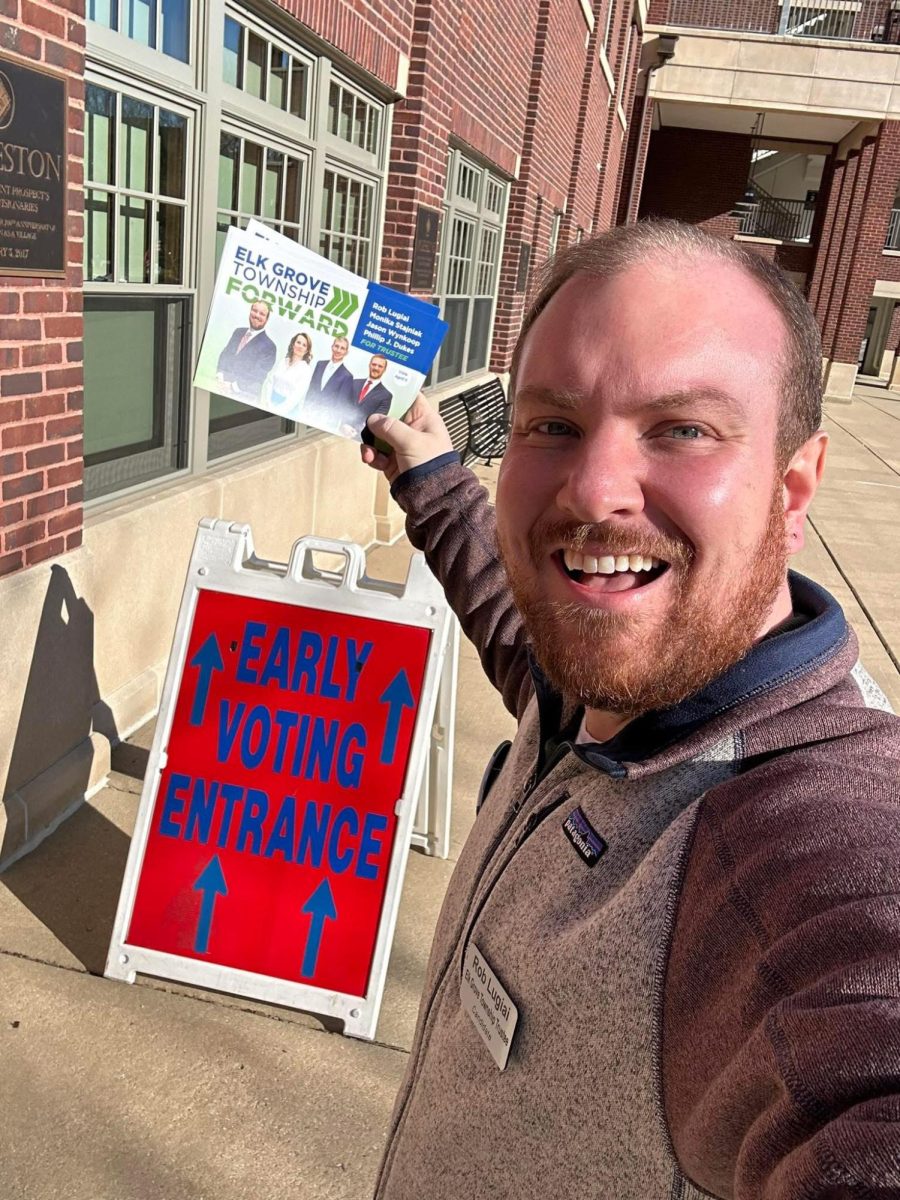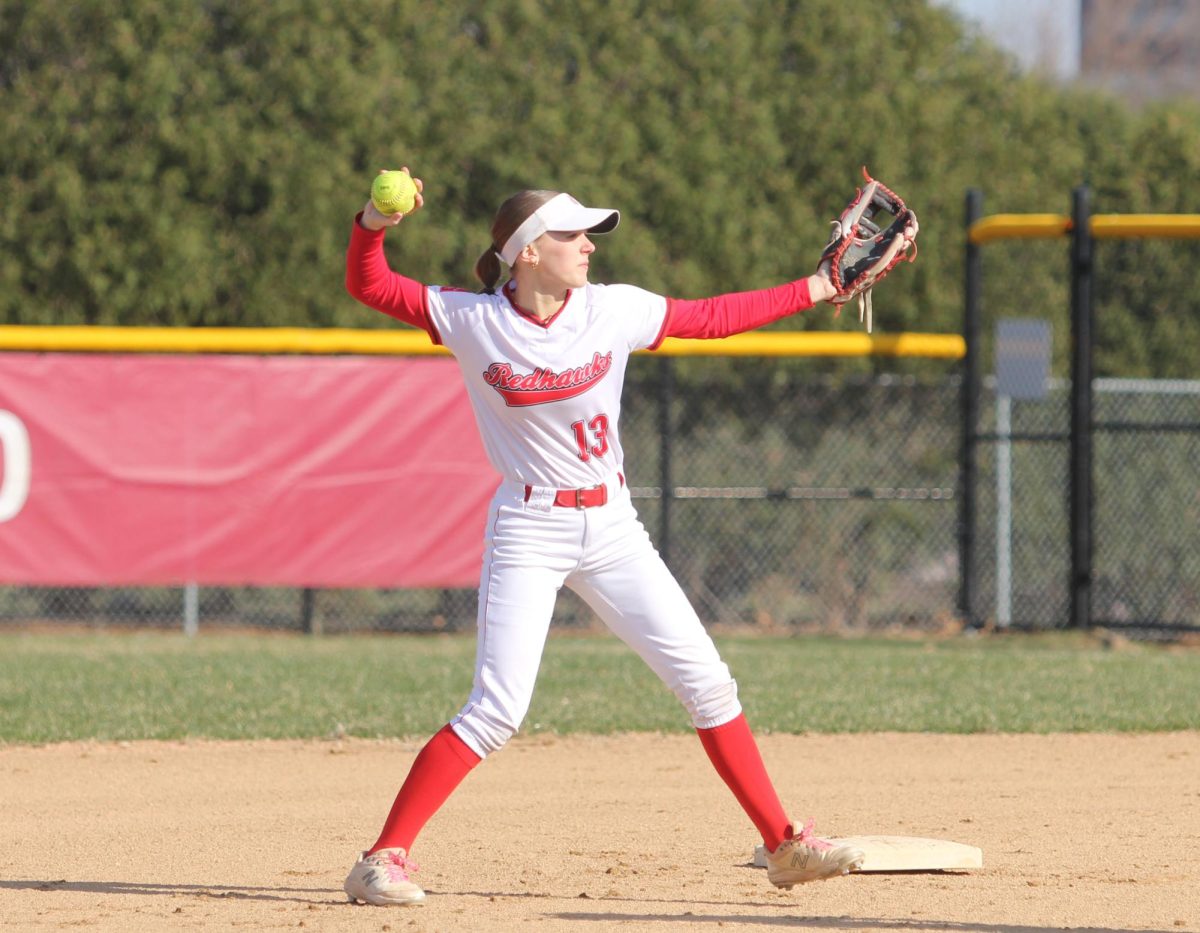Column: A Unionization Proclamation
October 13, 2022
A Major League Baseball (MLB) player makes, at a minimum, $700,000 a year. Their union, the Major League Baseball Players Association (MLBPA), just spent virtually an entire offseason fighting to successfully raise that number from $570,500.
Rich. People. Problems.
Yes, baseball players are ridiculously overpaid. Juan Soto just turned down a 15-year, $440 million dollar contract because he thought someone else would pay him more, according to the New York Times.
But this column isn’t about how ridiculous that is. No, this column is about the league’s refusal to pay an overwhelming majority of their players, who toil away in Minor League Baseball (MiLB).
An organization usually employs roughly 275 minor leaguers to just 26 players on their MLB roster. The highest payroll of any team in the league is that of the New York Mets, at around $290 million for all of their players on major league contracts (between 26 and 40 for every team). The other 275 players? They get paid less than $15,000 a year per player, according to Pew Trusts.
That disparity is stark, to say the least.
That union that helped MLB players raise their salaries by $130 thousand dollars? Minor Leaguers still don’t have representation. The MLB only just announced that they would allow MiLB players to be represented by the MLBPA.
But is that enough?
The MLB shut down the sport last winter for 99 days to gain leverage over the MLBPA. For years, the two sides have fought tooth and nail over pay, contract rights and virtually every aspect of the sport as it’s played on the field.
They clearly don’t wish to cooperate, and they don’t need to.
The League holds all of the bargaining power in this situation: MiLB players protesting or refusing to play will do virtually nothing to affect the MLB’s profits; all it will do is prevent minor leaguers from playing and showcasing their talents in the hope of being called up to the MLB. That means minor leaguers will continue to suffer until the MLB makes a commitment to compromise.
So clearly the problem isn’t going away, at least not because of a union. The only thing that can make it go away is a massive shift in the mindset of every single MLB front office.
For a league that already by-and-large views players as commodities to be bought and traded, it shouldn’t be that hard to start looking at their minor leaguers as investments.
Expanding the strength and conditioning programs, nutrition regiments and medical care offered to major leaguers to those in the minor leagues and providing them with housing and a living wage will surely improve their game.
And what makes a team money? Winning! Merchandising! What helps with that? Good players!
The Cubs were able to charge $3,000 to attend a single World Series game in 2016. Winning teams, in general, draw larger crowds and sell more expensive tickets. The Mariners, a good competitive team in a small market, sell 28,500 tickets per home game. The Pirates, a similar sized but much less talented team, sell 16,000 tickets per game, according to ESPN.
More money spent on developing players leads to more talent. More talented players attract more fans. More fans spend more money. It’s simple, really.







